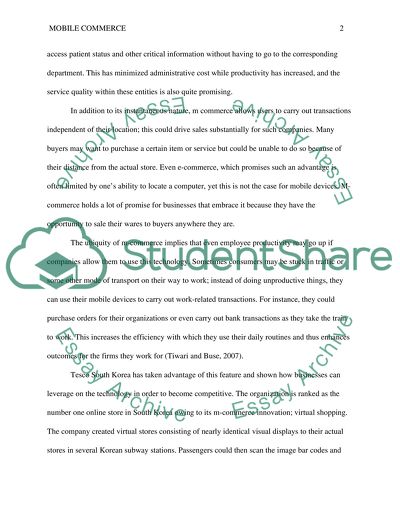Cite this document
(“MOBILE COMMERCE (M- COMMERCE) Research Paper Example | Topics and Well Written Essays - 1500 words”, n.d.)
Retrieved from https://studentshare.org/e-commerce/1649903-mobile-commerce-m-commerce
Retrieved from https://studentshare.org/e-commerce/1649903-mobile-commerce-m-commerce
(MOBILE COMMERCE (M- COMMERCE) Research Paper Example | Topics and Well Written Essays - 1500 Words)
https://studentshare.org/e-commerce/1649903-mobile-commerce-m-commerce.
https://studentshare.org/e-commerce/1649903-mobile-commerce-m-commerce.
“MOBILE COMMERCE (M- COMMERCE) Research Paper Example | Topics and Well Written Essays - 1500 Words”, n.d. https://studentshare.org/e-commerce/1649903-mobile-commerce-m-commerce.


